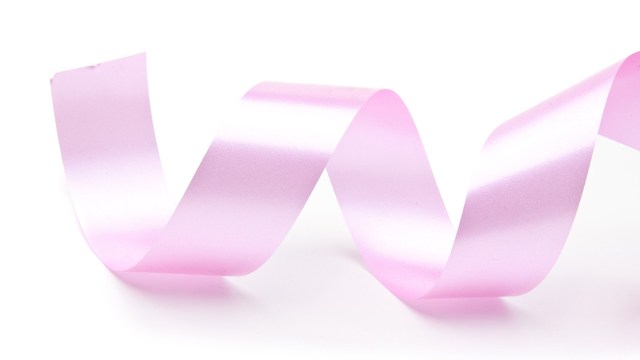Breast calcifications is the medical term for calcium deposits within the breast tissue. Breast calcifications are very common after menopause and even though most are not cancerous, a small percentage are. Scientists have identified certain conditions that cause calcifications to develop. They include:
Breast cysts
Calcification in a fibroadenoma, a noncancerous growth
Cell secretions or debris
Mammary duct ectasia
Mastitis
Previous injury to the breast
Skin (dermal) or blood vessel (vascular) calcification
Only after performing certain tests can these deposits be identified. Therefore, whenever you feel an unfamiliar lump, it is good to make an appointment with your physician as soon as possible. On your regular mammogram, the calcifications can look like large white spots or dashes or even fine grain-like specks. When the larger spots are present, called macrocalcifications, they are most times benign. An exception is when these same spots are aligned in certain visible patterns, which would raise cancer suspicions.
If a calcification is suspicious, further tests will be ordered to confirm a diagnosis. According to Mayo Clinic, tests may include additional mammograms (with magnifying views of calcifications), ultrasounds or even a biopsy. A biopsy is the removal of a small amount of tissue that will be sent to the laboratory for evaluation. The California Pacific Medical Center reports that after an individual is diagnosed with “probably benign” calcifications (98% likely to be benign), a monitoring schedule is implemented, such as the following:
Follow-up diagnostic mammogram in six months.
If no changes are seen at the six month follow-up and the patient is over age 40, a diagnostic mammogram and a routine examination of the opposite breast is recommended in another six months.
After a full year of follow-up in which no changes are seen, patients are then monitored by having mammograms once a year.
Magnification views are usually taken at each follow-up visit to accurately determine any change in the size, shape or number of calcifications.
Resources: Mayo Clinic, California Pacific Medical Center
Dita Faulkner is a freelance writer. Please view her poetry at:
http://www.lulu.com/product/paperback/red-toenails/6181258?productTrackingContext=center_search_results




Add a CommentComments
There are no comments yet. Be the first one and get the conversation started!